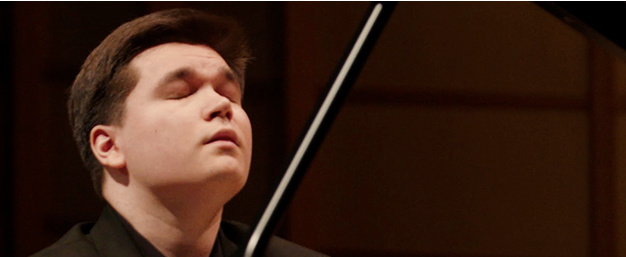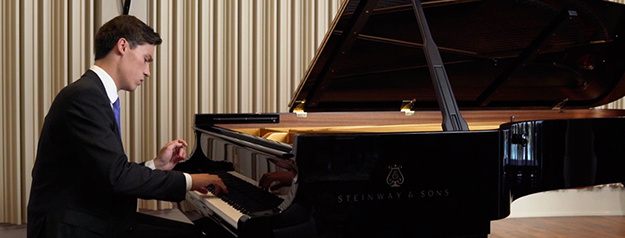Category: Blog
-

-

Virtually VRS: Ema Nikolovska and Jonathan Ware perform Brahms, Beach, Debussy, Wolf and Ravel
This is one of our videos from our Virtually VRS series. See more of our Virtually VRS recitals here.
-

-

PROGRAM NOTES: EMA NIKOLOVSKA
Mezzo-soprano Eva Nikolovska has curated an intriguing recital program of songs composed in the forty years between 1865 and 1905, a selection that highlights the changing styles of music emanating from three important centres of music-making. From Vienna there are the contrasting voices of the traditionalist Brahms and his aesthetic adversary Hugo Wolf, from France…
-

NOTICE OF THE VANCOUVER RECITAL SOCIETY’S AGM
NOTICE OF THE ANNUAL GENERAL MEETING OF MEMBERS OF THE VANCOUVER RECITAL SOCIETY (the “Society”). The Board of Directors of the Society hereby gives notice that the Annual General Meeting of the Society will be held online, via ZOOM (details below) on the 18th day of February, 2021 at 5:30pm for the following purposes: To receive…
-

PROGRAM NOTES: TRISTAN TEO
PROGRAM NOTES: TRISTAN TEO Robert Schumann Widmung (arr. Franz Liszt) The year 1840 was Robert Schumann’s Liederjahr, his ‘year of song’. After 10 years of writing almost exclusively for the piano, Schumann in 1840 burst into song, composing well over a hundred Lieder. One song collection, Myrthen Op. 25, had a special meaning for…
-

PROGRAM NOTES: JAEDEN IZIK-DZURKO
Alexander Scriabin Valse Op. 38 It is easy to see why Alexander Scriabin was known as “the Russian Chopin.” Like his Polish musical forebear he wrote almost exclusively for the piano and began his career by composing mazurkas, waltzes, nocturnes, preludes and études. In this Valse we catch the composer near the end of his…
-

NOTICE OF THE VANCOUVER RECITAL SOCIETY’S AGM
NOTICE OF THE ANNUAL GENERAL MEETING OF MEMBERS OF THE VANCOUVER RECITAL SOCIETY (the “Society”). The Board of Directors of the Society hereby gives notice that the Annual General Meeting of the Society will be held at the Vancouver Playhouse Theatre, (Salon A), British Columbia, on the 23rd day of February, 2020 at 1:15pm for…
-

-

NOTICE OF THE VANCOUVER RECITAL SOCIETY’S AGM
NOTICE OF ANNUAL GENERAL MEETING OF MEMBERS OF THE VANCOUVER RECITAL SOCIETY (the “Society”) The Board of Directors of the Society hereby gives notice that the Annual General Meeting of the Society will be held on Sunday, February 10, 2019 at 1.15pm in the Royal Bank Cinema at the Chan Centre for the Performing Arts for the…

